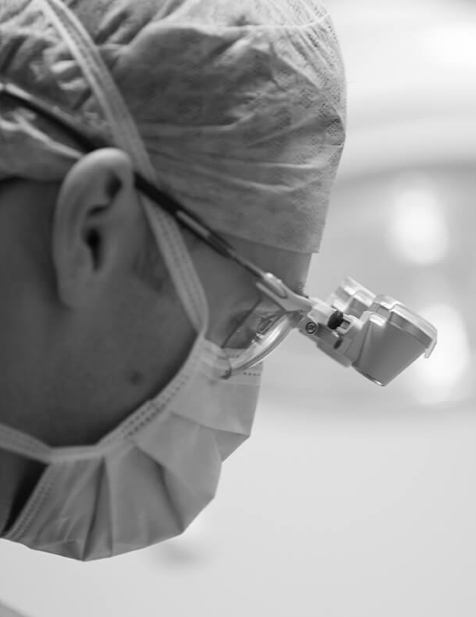Lesions come in many different shapes and sizes, depending on their location on the body. Aside from being a cosmetic concern, it can sometimes cause pain and discomfort.
Whatever your reasons for seeking benign skin lesion removal, Dr Jeremy Richardson will assess your overall skin health to address your specific skin concerns.
Not all skin lesions are the same. They can be flat on the skin or raised, ranging in colour from white or tan to deeper shades of brown, red, or black. If you notice an irregular spot or lump on your skin, you should have it examined by a professional in order to ensure it is benign (harmless and non-cancerous). However, even if your lesion is not threatening your health, you may still want to have it removed due to discomfort or aesthetic concerns.
Surgical removal of benign skin lesions can help reduce any pain or discomfort caused by the lesion. This can include lesions such as:
A professional will be able to identify the type of lesion and recommend an appropriate method of either treatment or removal. Dr Richardson will work with you to develop a plan based on the nature of your skin lesions as well as your goals for surgery.
When it comes to skin lesions, it is important to distinguish between benign and malignant (cancerous) skin spots. The type of lesion will help determine which treatment method is suitable for you. During your first appointment, Dr Richardson will discuss your skin concerns with you and examine your skin. You may require a biopsy to identify the lesion if something unknown is found.
If your skin lesion is benign, simple excision is often a good option for removal. Dr Richardson can answer your questions and provide you with a clear idea of what to expect.
Although it is not usually necessary to remove benign skin lesions, patients may want to have theirs removed. This can be for either aesthetic or comfort reasons. The procedure for benign skin lesion removal is often surgical excision. It generally takes between 10 and 30 minutes and can be performed under local anaesthesia for minor cases or general anaesthesia for complex cases.
Dr Richardson will make incisions to remove your skin lesion, being careful to preserve the surrounding skin and tissue as much as possible. He will then close the incision site with sutures, which may leave some scarring. Patients can generally go home on the day of their procedure once the anaesthetic wears off.
Since every patient has different skin concerns and requirements, fees can vary. We will have an idea of the exact fees after determining the nature of your skin lesions and which surgical methods you will require. If you have more questions about skin lesion removal fees, we can provide further information during your first appointment.

Your personal consultation is the first step to finding the right treatment for you and your body. Dr Jeremy Richardson is a highly skilled Specialist Plastic Surgeon, dedicated to providing quality results and a positive patient experience.
Benign skin lesion removal is a surgical procedure, which means your treated area will need time to heal afterwards. Dr Richardson will tell you how to care for your incision site at home so that you can achieve proper healing and a good outcome. This can include advice such as:
Additionally, depending on where your wound is on your body, you may need to:
Following this advice will help your wound heal quickly and reduce the risk of complications. Dr Richardson will advise when you can shower or bathe and may prescribe pain medication to help you with any discomfort. You may also need to attend follow-up appointments.
Risks of benign skin lesion removal can include:
